Phenomenon: Crevasses Are Glaciers’ Hidden Hazards
This article originally appeared on Backpacker
Read more: The Outdoors’ Most Spectacular Natural Phenomena, Explained
Glacier trekking ranks high on the exhilaration scale-but hiking across one of these dynamic ice masses can be as treacherous as it is thrilling. Glaciers act more like fields of moving lava than static blocks of ice, flowing downhill at the geologically rapid rate of tens to even thousands of feet per year. All that motion over rugged mountain terrain causes the ice to split into yawning cracks, called crevasses, that make glacier travel the wilderness equivalent of walking through a minefield. Here’s how and where crevasses form in glaciers on Lower 48 peaks like Rainier, Hood, Olympus, and Adams.
The Basics of Crevasses
Sides
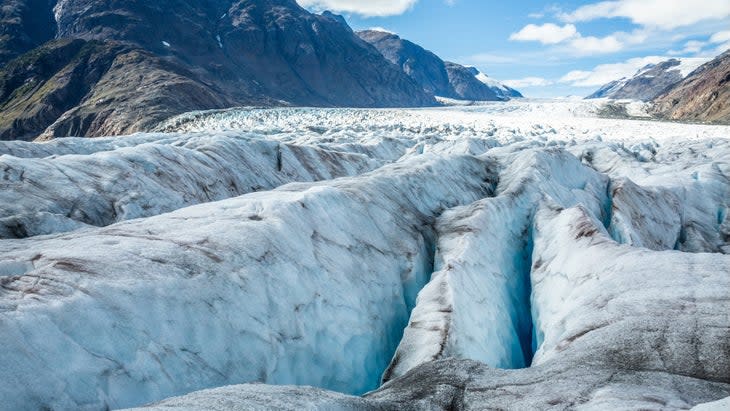
Crevasses often appear where a glacier scrapes against uneven valley walls or turns a corner. Ice flows slowly at the edges but moves progressively faster toward the center, a pattern that causes cracks to form in the brittle, uppermost layers of the glacier, pointing upstream. These cracks sometimes rotate as the entire ice mass shifts, leading to a complicated pattern of new fractures crisscrossing with old ones.
Icefall
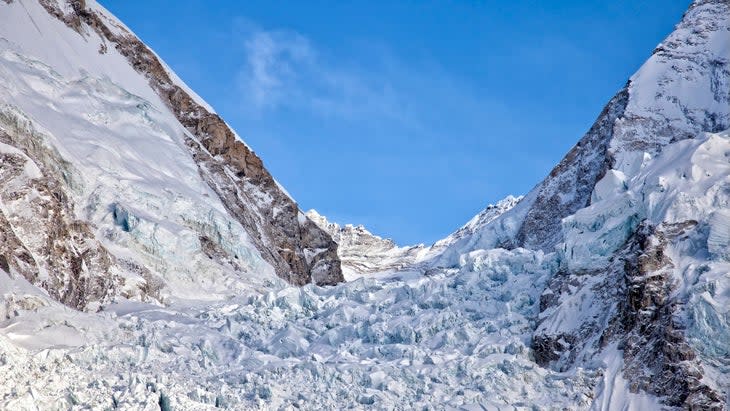
Dramatic jumbles of crevassed ice that resemble frozen waterfalls often form where small, higher-elevation tributary glaciers flow into larger ice masses below (just as small streams feed into larger ones). At those junctures, the steep step between the tributary and the main glacier leads to high stress on the ice, creating a crevassed drop-off like Mt. Everest’s infamous Khumbu Icefall or Yosemite’s once-frozen Bridal Veil Falls.
Center
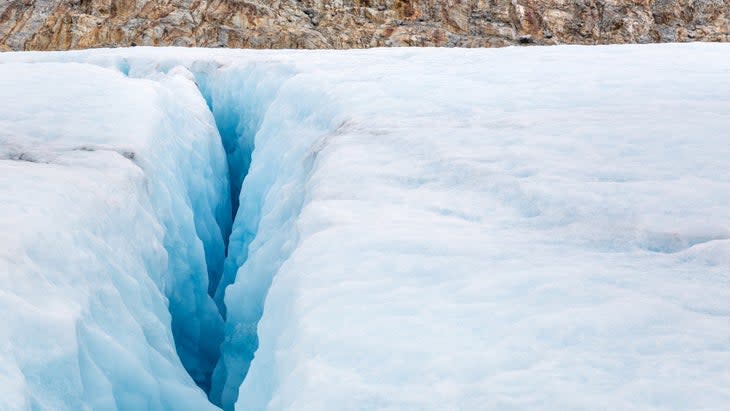
If a glacier is flowing quickly enough (it’s thick and heavy, or moving down a particularly steep slope), crevasses can form where sections of ice stretch apart because the ice lower down is moving faster than the ice above it. Once a crack appears, the motion and weight of the glacier act together to pull these starter fissures into gaping chasms.
Depth
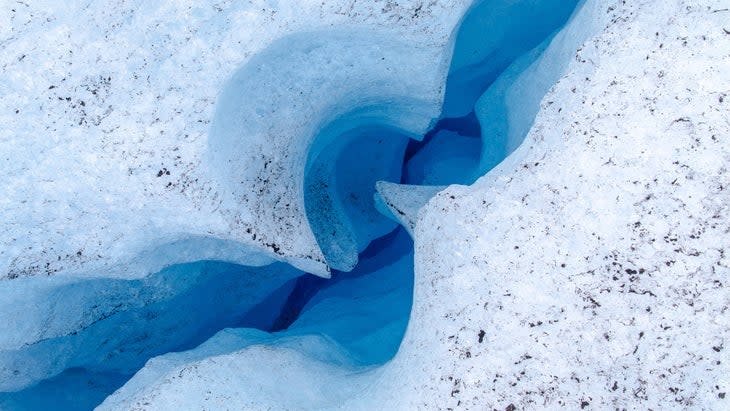
Cracks usually start at the surface of the ice and work their way down, widening to anywhere from a few inches to thousands of feet. Theoretically, the weight of the deep ice limits crevasse depth to about 100 feet-farther down, there is enough compressive force on the ice to prevent cracks from opening. But if water (which is denser than ice) gets into a growing crevasse, it acts like a wedge to carve an extra-deep fracture-sometimes thousands of feet through the entire glacier.
Novice Ice Hikes
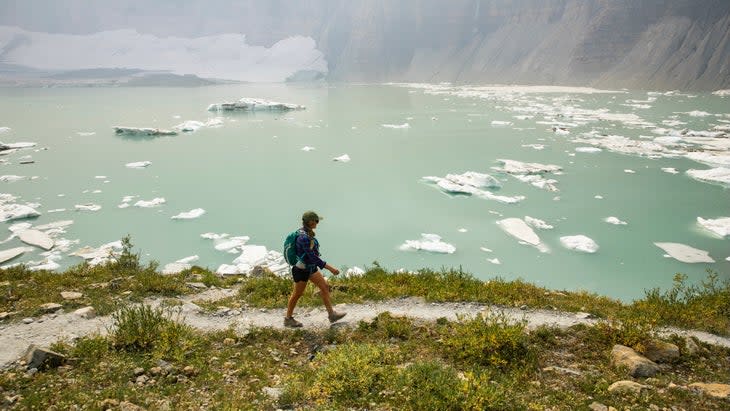
Get an up-close look at a crevasse-mountaineering skills not required-on the Eliot Glacier View Trail (Mt. Hood National Forest, Oregon), the Grinnell Glacier Trail (Glacier National Park, Montana), and the Root Glacier Trail (Wrangell-St. Elias National Park, Alaska).
Snow Bridges
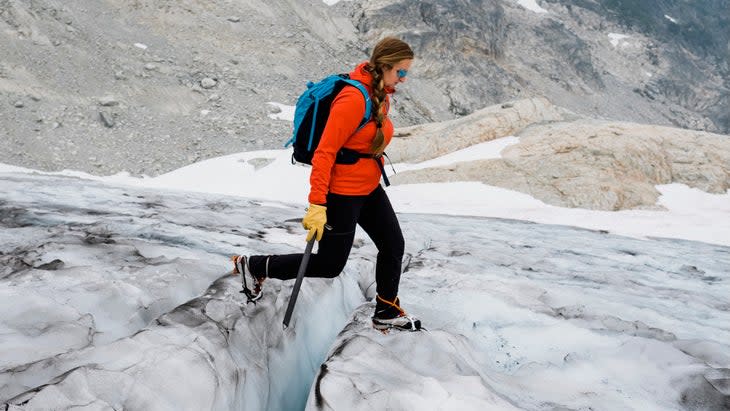
“Bridges” of ice and snow often cover crevasses, providing safe passage for mountaineers early in the season when the formations are thick. But warming weather makes snow bridges unstable and hazardous-especially in the afternoon when sunlight softens the snow. In early spring’s melting season, snow bridges are most common in the glacier’s accumulation zone, where new snow falls faster than older snow melts.
For exclusive access to all of our fitness, gear, adventure, and travel stories, plus discounts on trips, events, and gear, sign up for Outside+ today.

